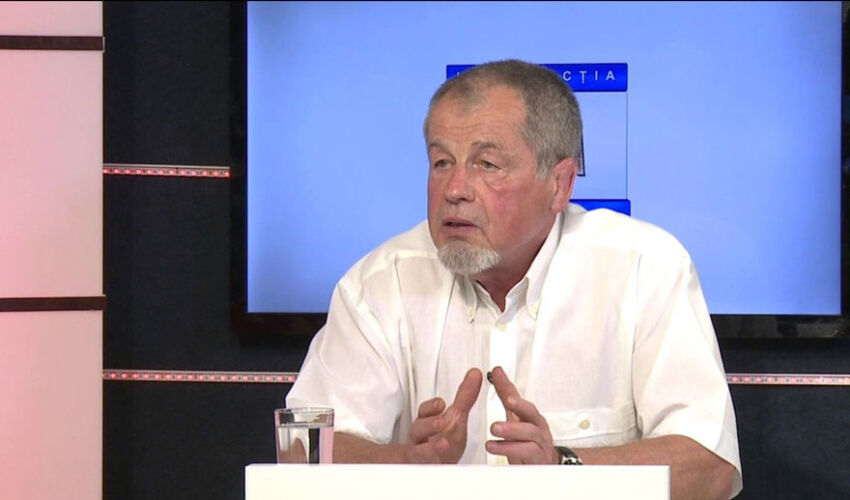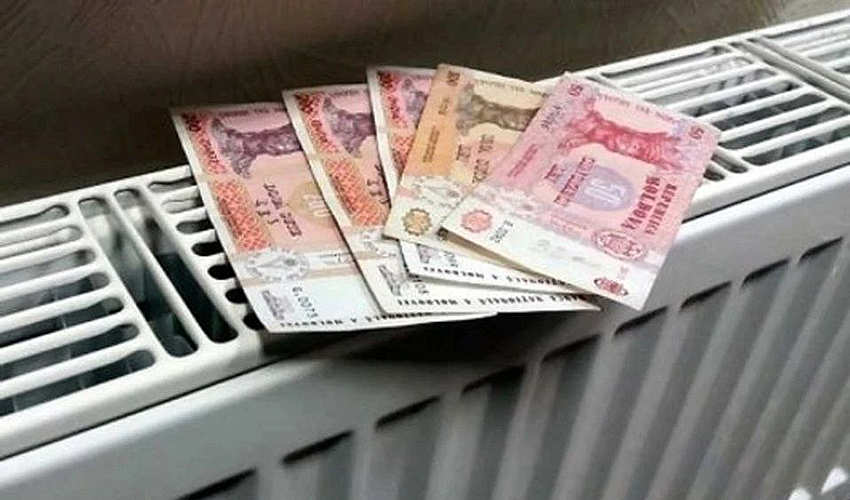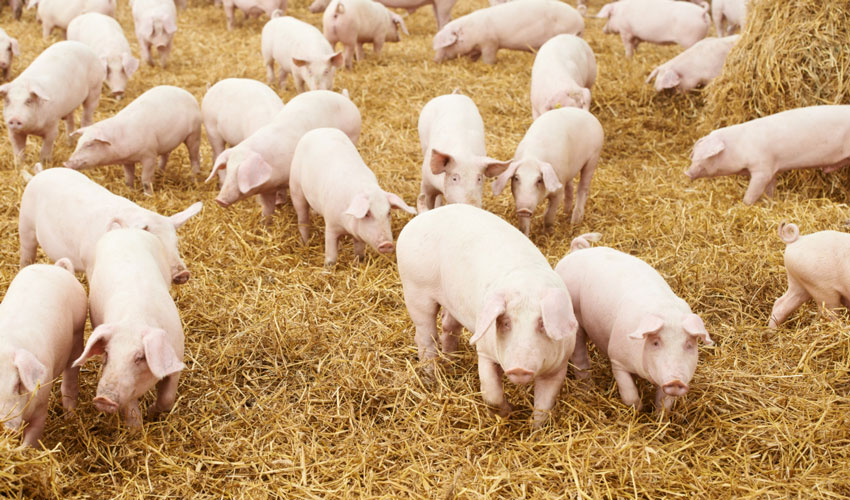
According to the National Bureau of Statistics, exports fell 14.8% year-on-year between January and February, while imports, in contrast, rose 16%.
In February alone, exports decreased by 17.7% to $269.1 million, while imports increased by 16.3% to $875.2 million. Thus, the trade deficit increased by 42.6% year-on-year to $606.1 million.
Exports of domestic goods in January-February 2025 amounted to $402.5 million (78.5% of total exports), down 14.8% compared to the same period in 2024.
Re-exports of foreign goods (after processing and classicq) in January-February 2025 totaled $109.9 million (21.5% of total exports), down 14.6% compared to the same period in 2024.
Re-export of goods after processing (including clothing and clothing accessories; footwear and parts thereof; wires, cables and other electric conductors; electric transformers, static converters, inductance coils and reactive resistances; parts and accessories of motor vehicles; tricycles, scooters and similar toys; peeled walnuts; chairs, parts of chairs) accounted for 13.9% of the total volume of exports, while classical re-export of goods that have not undergone significant transformation (motor gasoline; e.g., motor gasoline, motor gasoline and other electrical products) accounted for 13.9% of the total volume of exports.
Exports of goods to the European Union (EU-27) amounted to $320 million in January-February 2025 (20.4% less than in the same period of 2024). Exports of goods to CIS-5 countries in January-February 2025 amounted to $30 million (27.9% less than in the same period of 2024).
Import of goods in January-February 2025 amounted to $1595.6 million, which is 16% higher than in the same period of 2024.
“We have a difference of 2.5 times between exports and imports. There is no other country in Europe with such negative indicators,” Mikhail Poisik, Doctor of Economic Sciences, said for Logos Press.
The expert believes that the problem is that in order to produce goods, you need to have somewhere to sell them.
“We refused from the Eastern market, and in the West, despite all assurances, for us constantly impose non-tariff restrictions on goods with high added value. As a result, we are forced to export either raw materials or low value-added products made on commission. As a result, exports are decreasing and the trade deficit is growing,” the expert summarized.













